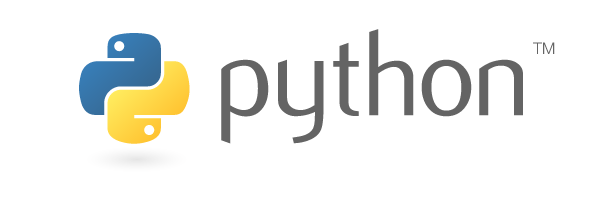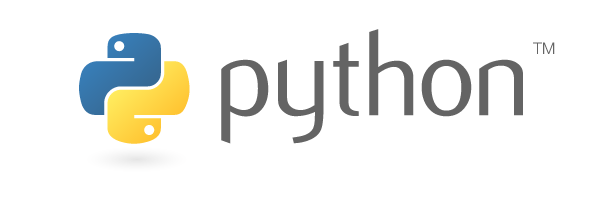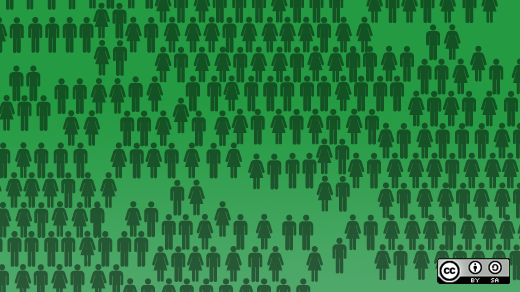This guide provides structured content, practical code examples, syntax explanations, and progressive learning paths to help you master Python programming concepts systematically.
This guide is organized into progressive skill levels, each building upon the previous one. Each section is now in its own file for better organization and easier navigation.
Getting Started: If you're completely new to Python, start with the Getting Started guide. Learning Paths: Check out our Learning Paths for structured progression based on your current level. Quick Reference: Use the Quick Reference for syntax and common patterns.
- Why Python and its applications
- Installation on Windows, macOS, and Linux
- Your first Python program
- Development environment setup
- Troubleshooting common issues
- Variables and naming conventions
- Comments and documentation
- Code structure and indentation
- Python keywords and best practices
- Strings and string methods
- Numbers (integers and floats)
- Booleans and truthiness
- Lists, tuples, dictionaries, and sets
- Type conversion and operations
- Arithmetic operators and precedence
- Comparison and logical operators
- Assignment operators
- Working with different data types
- Getting user input with validation
- Printing and formatting output
- Working with files (basic)
- Error handling for I/O operations
- Conditional statements (if/elif/else)
- Loops (for, while) and iteration
- Break, continue, and nested loops
- List comprehensions
- Function definition and calling
- Parameters, arguments, and return values
- Variable scope and closures
- Lambda functions and decorators
- Function documentation
- Try/except blocks and exception types
- Custom exceptions and error handling patterns
- Debugging techniques and tools
- Logging and error reporting
- Importing and using modules
- Creating custom modules and packages
- Standard library overview
- Virtual environments and package management
- Classes, objects, and instances
- Inheritance and polymorphism
- Encapsulation and data hiding
- Special methods and properties
- Decorators and metaprogramming
- Generators and iterators
- Context managers and with statements
- Advanced comprehensions and functional programming
- Reading and writing text files
- Working with CSV and JSON data
- Binary files and serialization
- File system operations with pathlib
- NumPy for numerical computing
- Pandas for data manipulation
- Requests for HTTP operations
- Matplotlib for visualization
- Web frameworks and databases
- PEP 8 style guide and code organization
- Testing with unittest and pytest
- Version control with Git
- Performance optimization and profiling
- Documentation and code quality
- Practice exercises and project ideas
- External learning resources
- Community and career guidance
- Troubleshooting common issues
- Quick Reference - Syntax cheat sheet and common patterns
- Learning Paths - Structured learning progression for different levels
- FAQ - Frequently asked questions and answers
- Contributing - How to contribute to this guide
- License - License information [MIT]
- Python installed and working
- First program written and executed
- Understand variables and basic data types
- Can use operators and expressions
- Can get user input and display output
- Understand basic control flow
- Can write and use functions effectively
- Understand error handling and debugging
- Can organize code into modules
- Comfortable with file operations
- Can build multi-file projects
- Understand object-oriented programming
- Can use advanced Python features
- Comfortable with popular libraries
- Can handle complex data processing
- Can build substantial applications
- Follow industry best practices
- Write comprehensive tests
- Use version control effectively
- Can deploy and maintain applications
- Contribute to open source projects
This guide is continuously improved based on community feedback. We welcome contributions from developers of all skill levels!
How to Contribute:
- Read our Contributing Guidelines for detailed information
- Report bugs or suggest improvements via GitHub Issues
- Submit pull requests for content improvements
- Join discussions and help other learners
- Share your learning experience and feedback
Community Standards:
- Follow our Code of Conduct to maintain a welcoming environment
- All skill levels are welcome and supported
- Focus on educational value and clarity
- Help create a positive learning community
This guide is open source and available under the MIT License. Feel free to use, modify, and share it for educational purposes.
Happy coding!





